
Char Spar: Brook Trout Removed From Southern Oregon Bull Trout Waters
THE FOLLOWING IS A U.S. FISH AND WILDLIFE SERVICE STORY BY SUSAN SAWYER ORIGINALLY POSTED HERE
In the fictional world of trout wrestling, one of the most uneven matchups would pit brook trout (Salvelinus fontinalis) against bull trout (Salvelinus confluentus). When squaring off in their aquatic ‘ring,’ the invasive and scrappy ‘brookies’ are bullies, outcompeting the native bull trout by eating all the food, hogging the best shelter and generally pushing them around. Brook trout are also opportunists, taking advantage of and spawning with bull trout.
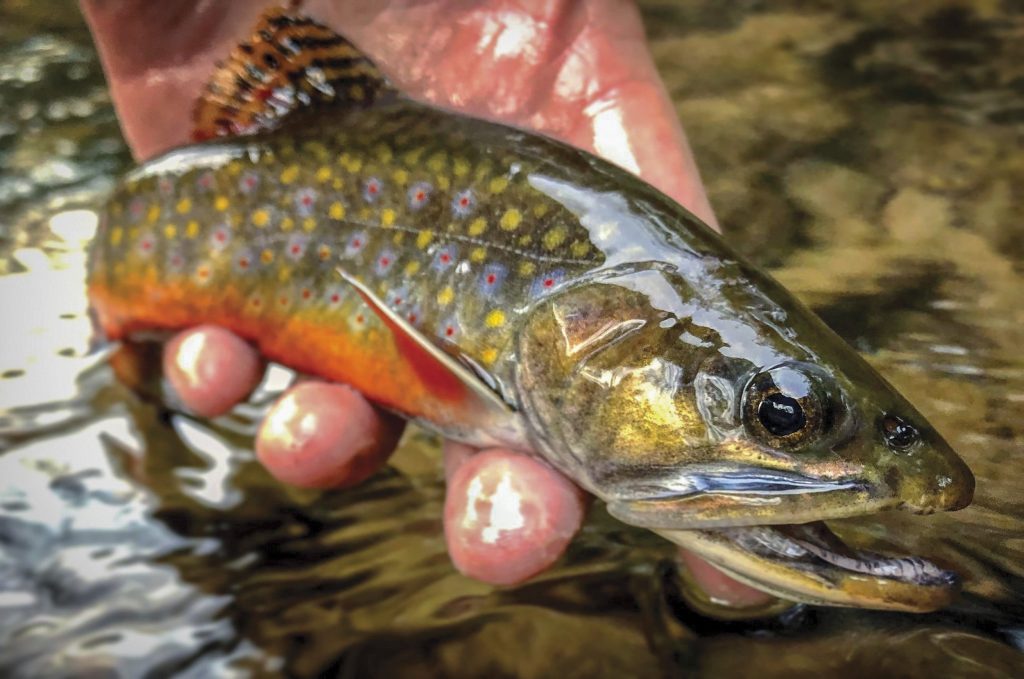
Such a fish face-off recently occurred in the Upper Sprague River watershed north of Klamath Falls, Oregon. The U.S. Fish and Wildlife Service office in Klamath Falls received reports from an angler of brook trout in tributaries of the Sprague River where none had been previously documented.

This immediately sent up a red flag for Nolan Banish, Service fish biologist and coordinator for the Klamath Bull Trout Recovery Unit. He knew the streams were occupied by bull trout and this discovery was troubling. Since both trout species are fall spawners, quick action was necessary to prevent a hostile habitat takeover.
“Brook trout are known to flex their muscle when in bull trout territory,” said Banish. “They displace bull trout and will hybridize with them to the point that bull trout are no longer producing purebred offspring.”
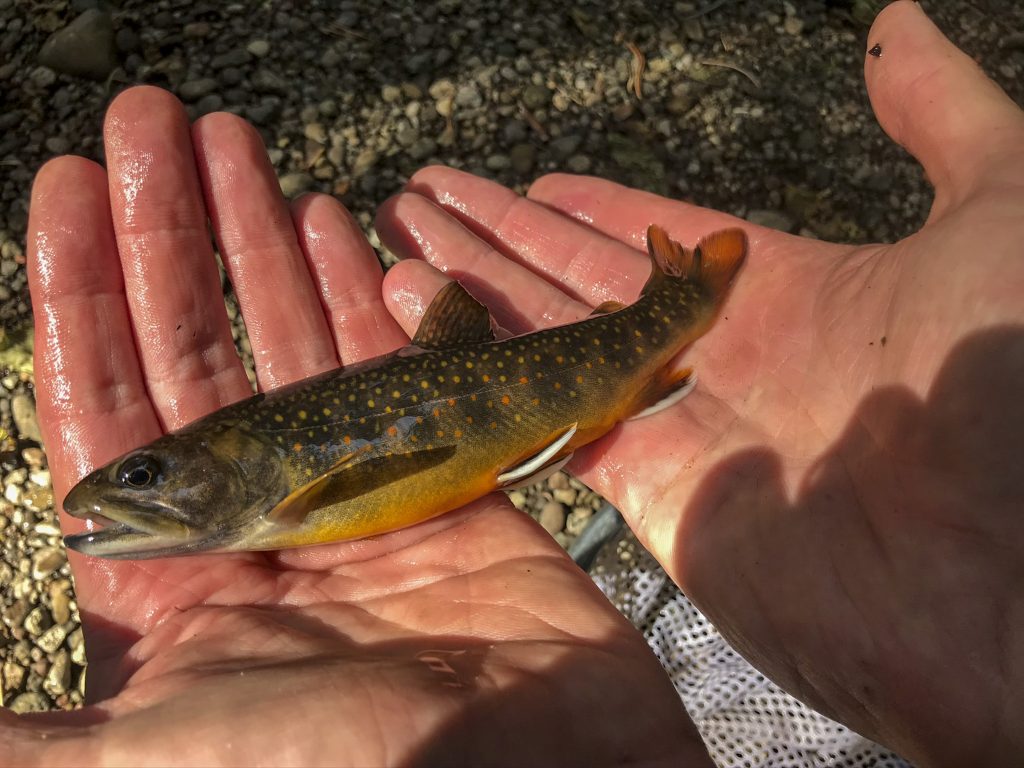
For several years, Banish and the Oregon Department of Fish and Wildlife have taken on the role of river referees by conducting periodic stream surveys to monitor the trout. If brookies were indeed moving upstream, there was concern their bully tactics could quickly knock out the bull trout.
Brook trout are native to the eastern United States and were introduced into the Klamath Basin in 1925 where they quickly inhabited local native trout streams.
Bull trout, like most salmonids (trout, salmon and char), were once abundant in Washington, Oregon, California, Nevada, Idaho and Montana. Today, they occur in less than half of their historic range, with scattered populations in portions of these states except for California where they no longer exist. In the Klamath River Basin, bull trout occupy about 20% of their historic range.
Bull trout are finicky fish with the most specific habitat requirements of all salmonids. They prefer cold water 48 degrees or less, clean spawning substrates, and streams with riffles, deep pools, undercut banks and large logs.
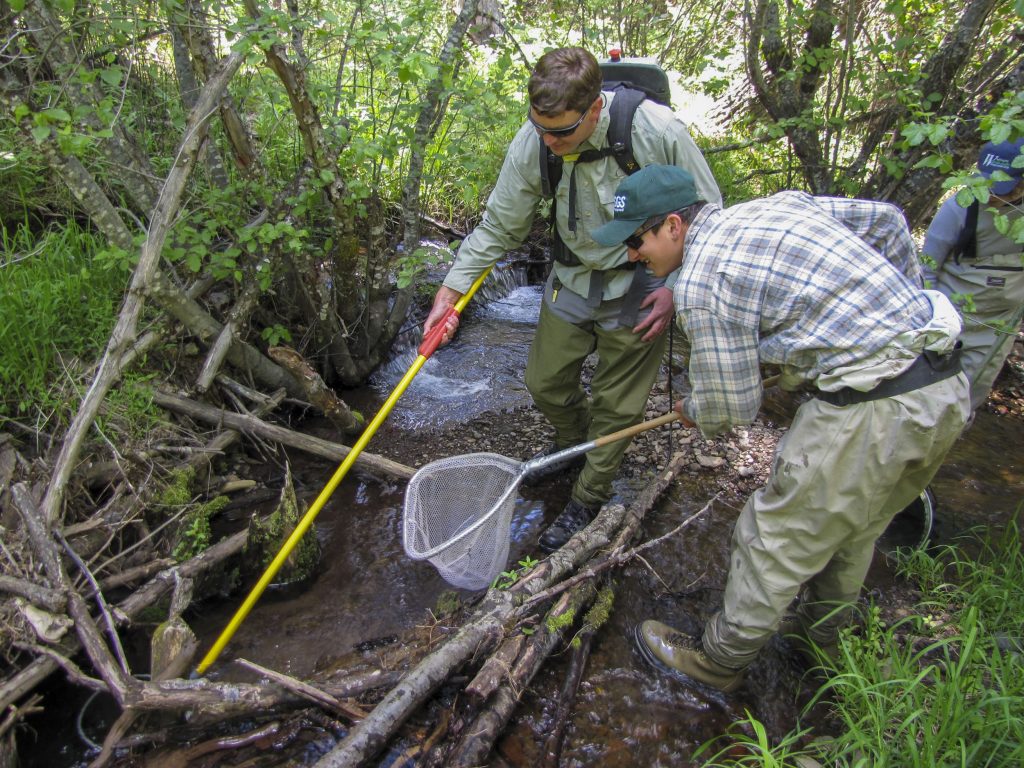
In 1999, the Service listed bull trout as a federally threatened species throughout their range due to loss of habitat and diminishing populations in part from competition with non-native brook trout. In the Klamath, bull trout have been isolated from other populations of their species for over 10,000 years and are considered genetically distinct, putting them at higher risk of extinction.
Before the biologists could assess the brook trout invasion, they had to modify field survey protocol and receive authorization to work during the pandemic. Team members maintained distance and wore face coverings, drove separate vehicles and thoroughly cleaned all equipment after each use.

In late summer and fall of 2020, sampling began on tributaries to the North Fork Sprague River with a backpack electrofishing unit that stuns but doesn’t kill fish. Brook and hybrid trout were removed, and pure bull trout were returned to the creeks. The fish sampled were about three-years-old, indicating a few years of interacting had occurred. Since there are no barriers preventing brook trout from re-entering the North Fork tributaries, the team planned to step up their surveys.
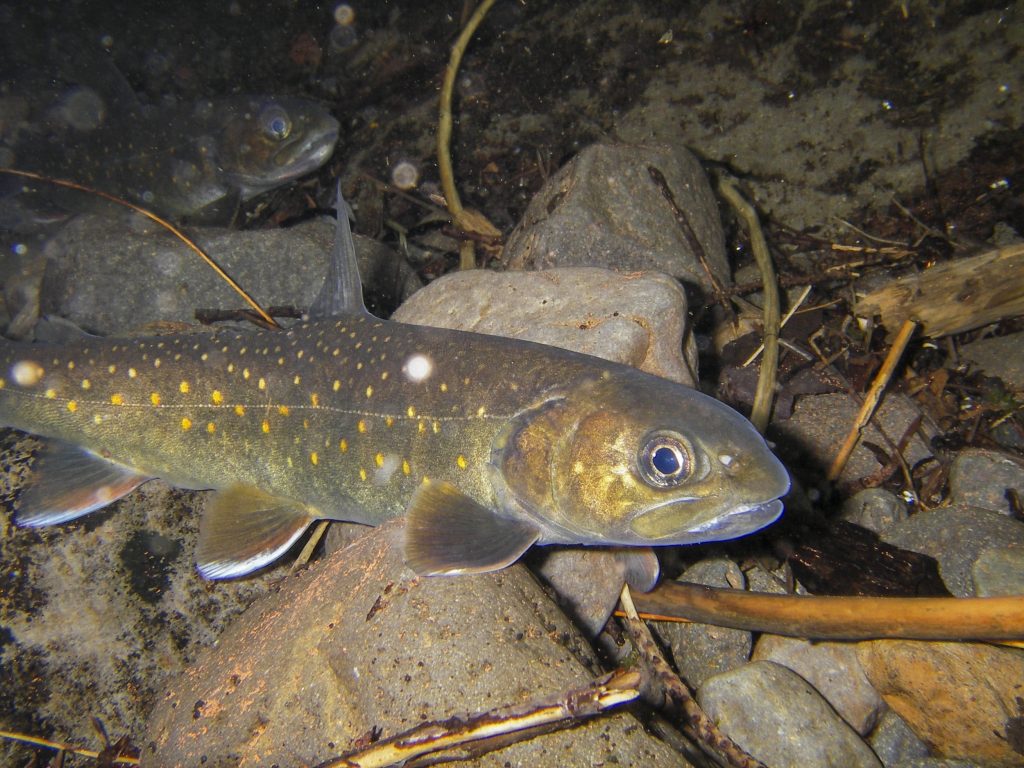
“This discovery of brook trout in these streams was a wake-up call for the Bull Trout Working Group,” said Ben Ramirez, state fish biologist for the Klamath Watershed District. “As a result, we plan to increase our monitoring efforts on the North Fork in hopes of preventing similar occurrences down the road.”
When sampling efforts began on tributaries of the South Fork, what the team found was unexpected.
“In one of the tributaries, the highest numbers of brook and hybrid trout were concentrated around a culvert crossing,” said Banish. “We found a nearby campsite complete with tree swings, tables, seating, even an outhouse. But the most disturbing discovery was that the creek had been dug out and impounded with plywood and plastic to create several deep pools.”
Apparently, brook trout had been transported from the river to stock the pools, where they mingled with resident bull trout. More evidence of the ponds’ purpose were plastic pipes along the bank for holding fishing poles and webs of discarded fishing line littering the site.
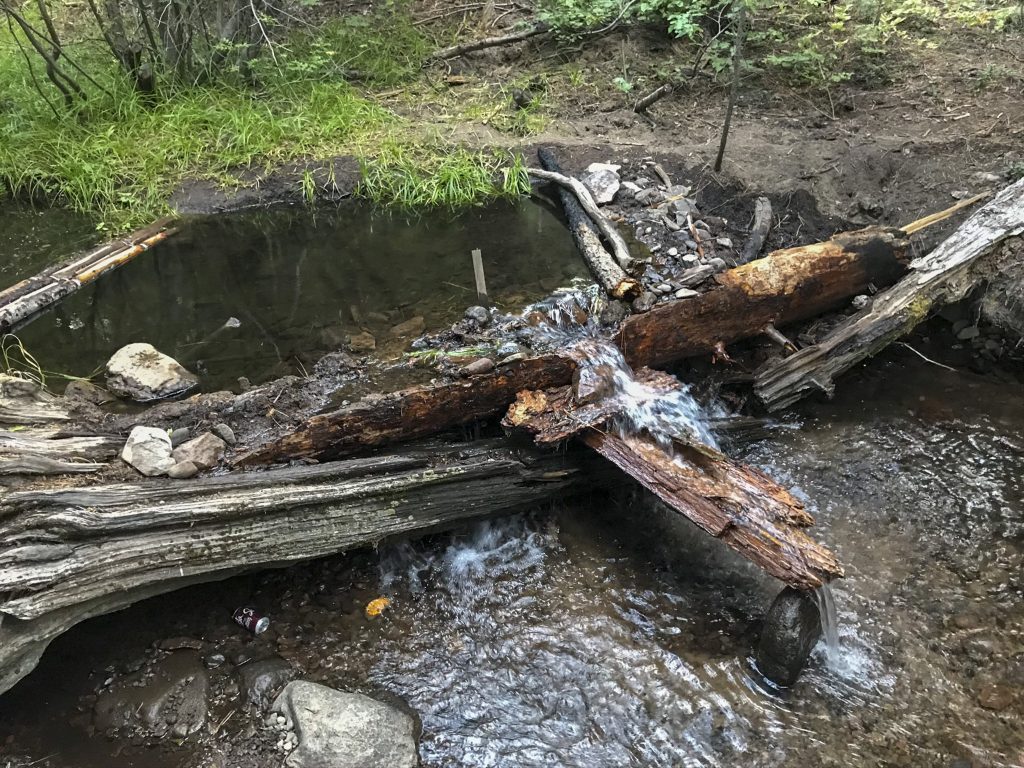
Over several weeks last summer, crews removed brook trout and any hybrids from the creek and makeshift fishing ponds. Efforts will continue in 2021 and beyond to ensure as many non-native and hybrid fish as possible are collected.
As for the illegal campsite, even though the property owner allows public access, they were not aware of the extent the area had been modified. The Service and the Department are working to help clean up the site, create and post signs prohibiting bull trout fishing, and schedule patrols of the area by Service and state law enforcement officers.
“By continuing our sampling and removal efforts on Sprague River tributaries I’m fairly confident we can prevent further hybridization between brook and bull trout,” Banish said. “It’s going to take a concerted effort over several years and possibly some construction or modification to keep brook trout out of these bull trout streams.”
“The Oregon Department of Fish and Wildlife is incredibly grateful for the cooperation and coordination with the Klamath Falls FWO,” said Ramirez. “Together we were able to curtail the brook trout invasion and are now working towards a broader Basin-wide solution to prevent a recurrence.”
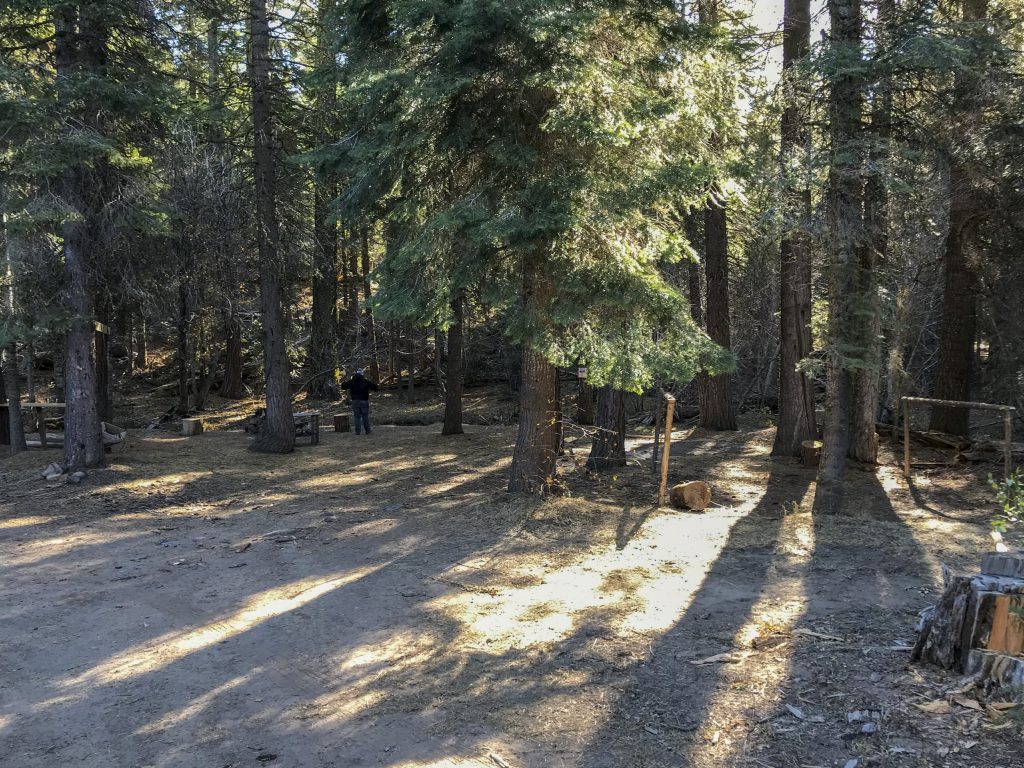
Banish is cautious to call the effort a success just yet. Only because of angler reports and subsequent quick response by agencies, the brook trout have retreated to their respective corners of the river, for now. Round one of this trout bout is a draw.
“The outcome could have been much worse by the time our next survey was scheduled,” said Banish. “I like to believe there’s still hope for the bull trout in these streams to overcome the odds and survive.”
